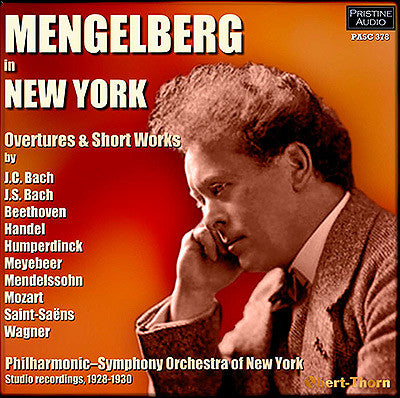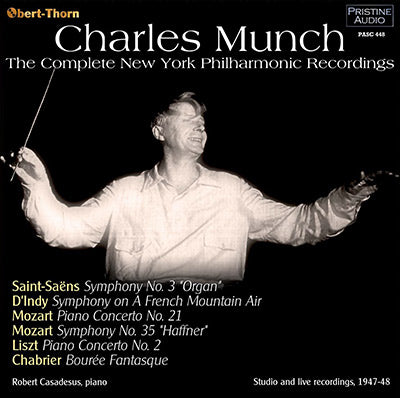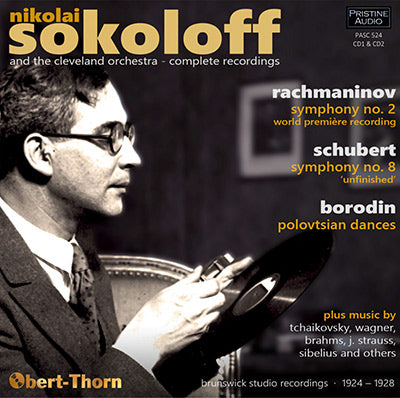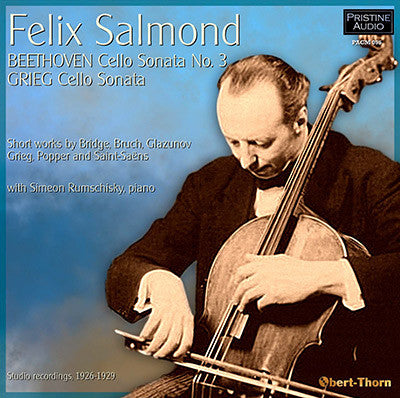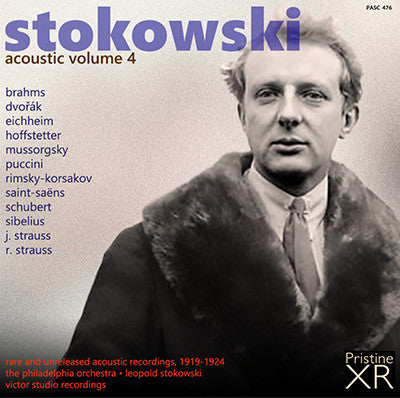Saint-Saëns
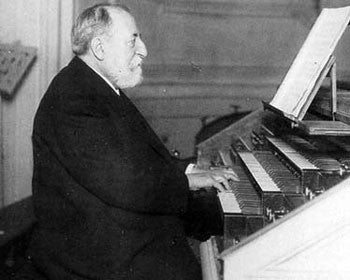
Saint-Saëns was a musical prodigy, making his concert debut at the age of ten. After studying at the Paris Conservatoire he followed a conventional career as a church organist, first at Saint-Merri, Paris and, from 1858, La Madeleine, the official church of the French Empire. After leaving the post twenty years later, he was a successful freelance pianist and composer, in demand in Europe and the Americas.
As a young man, Saint-Saëns was enthusiastic for the most modern music of the day, particularly that of Schumann, Liszt and Wagner, although his own compositions were generally within a conventional classical tradition. He was a scholar of musical history, and remained committed to the structures worked out by earlier French composers. This brought him into conflict in his later years with composers of the impressionist and dodecaphonic schools of music; although there were neoclassical elements in his music, foreshadowing works by Stravinsky and Les Six, he was often regarded as a reactionary in the decades around the time of his death.
Saint-Saëns held only one teaching post, at the École de Musique Classique et Religieuse in Paris, and remained there for less than five years. It was nevertheless important in the development of French music: his students included Gabriel Fauré, among whose own later pupils was Maurice Ravel. Both of them were strongly influenced by Saint-Saëns, whom they revered as a genius.

Saint-Saëns
VARIOUS COMPOSERS A selection of shorter works
Studio recordings, 1928-1930
Total duration: 72:54
Philharmonic-Symphony Orchestra of New York
Willem Mengelberg, conductor
SAINT-SAËNS: Symphony No. 3, “Organ”
D’INDY: Symphony on a French Mountain Air
MOZART: Piano Concerto No. 21
MOZART: Symphony No. 35, “Haffner”
LISZT: Piano Concerto No. 2
CHABRIER: Bourée Fantasque
Studio and Live recordings, 1947/48
Total duration: 2hr 12:55
Robert Casadesus, piano
Édouard Nies-Berger, organ
Walter Hendl and Arthur Schuller, piano
Philharmonic-Symphony Orchestra of New York
RACHMANINOV Symphony No. 2 (world première recording)
SCHUBERT Symphony No. 8, “Unfinished”
BORODIN Polovtsian Dances
and works by Tchaikovsky, Wagner, Brahms, J. Strauss, Sibelius and others
Studio recordings, 1924-28
Total duration: 3hr 0:20
The Cleveland Orchestra
conducted by Nikolai Sokoloff
BEETHOVEN Cello Sonata No. 3 in A major, Op. 69
GRIEG Cello Sonata in A minor, Op. 36
Short works by Bridge, Bruch, Glazunov, Grieg, Popper and Saint-Saëns
Studio recordings · 1926-29
Total duration: 79:25
Felix Salmond, cello
Simeon Rumschisky, piano
DELIUS Orchestral Music
SAINT-SAËNS Carnival of the Animals
IBERT Divertissement
Recorded 1952-1954
Total duration: 66:03
The Concert Arts Orchestra
conducted by Felix Slatkin
Acoustic studio recordings, 1919-1924
Total duration: 64:44
The Philadelphia Orchestra

